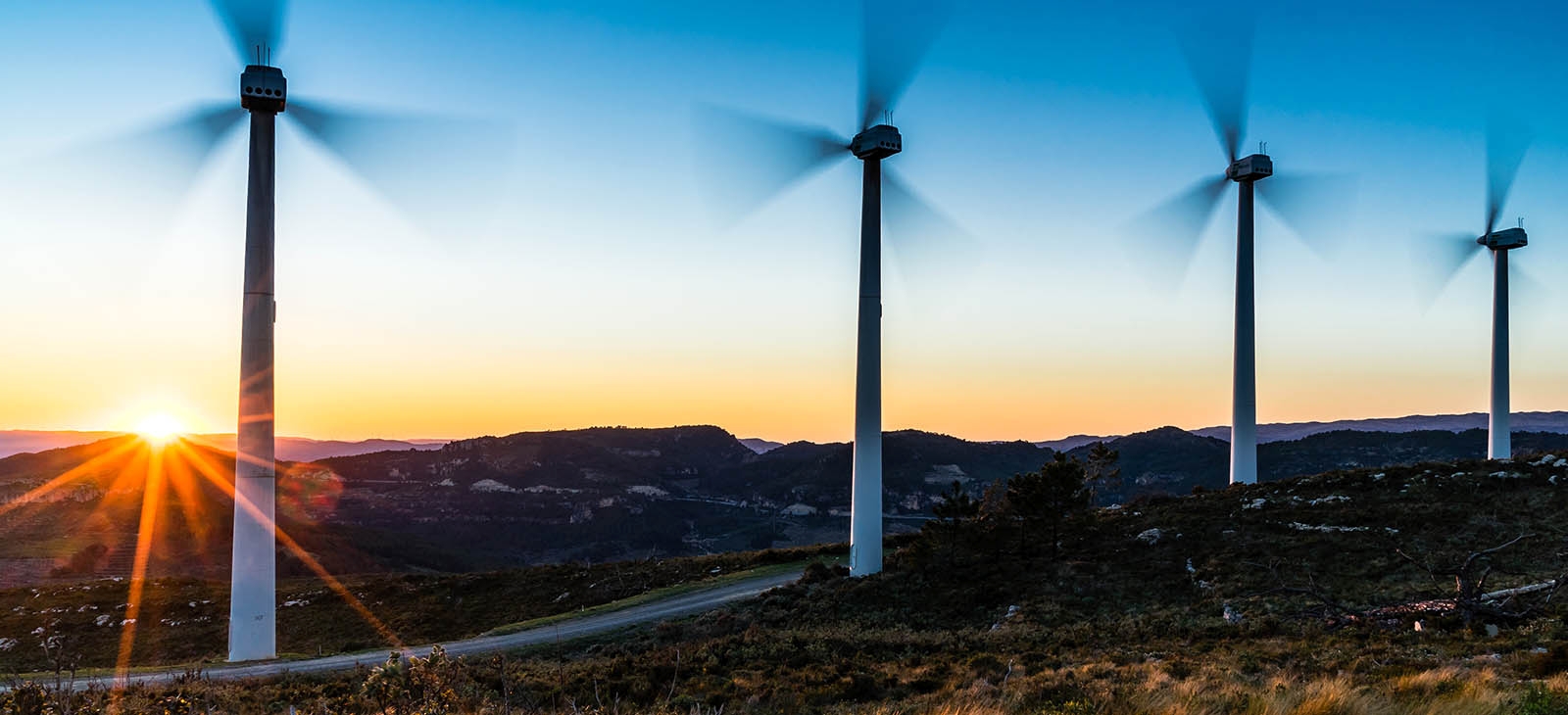Miners worked primarily by hand until the early 1960s, and mine owners moved the ore to refining centers by truck, rail, donkey, or camel. As public and private concerns opened new mines and quarries, they introduced mechanized methods of production. The mineral industries encompass both refining and manufacturing.Petroleum is moved by pipeline to the terminal of Khark Island in the Persian Gulf and from there is shipped by tanker throughout the world.
Miners worked primarily by hand until the early 1960s, and mine owners moved the ore to refining centers by truck, rail, donkey, or camel. As public and private concerns opened new mines and quarries, they introduced mechanized methods of production. The mineral industries encompass both refining and manufacturing.Petroleum is moved by pipeline to the terminal of Khārk Island in the Persian Gulf and from there is shipped by tanker throughout the world.
Iran's vast natural gas reserves constitute more than one-tent h of the world's total. The two state-owned Iranian Gas Trunk lines are the largest gas pipelines in the Middle East, and Iran is under contract to supply natural gas to Russia, Eastern Europe, Pakistan, Turkey, and India through pipelines, under construction in neighboring countries, that are intended to connect Iran's trunk lines with those of its customers.
Petroleum, natural gas, and coal are now used to supply heat and produce the bulk of the country's electricity. Iran’s domestic consumption and production have steadily grown together since 1984 and it is still heavily reliant on traditional thermal energy sources of electricity, with a small fraction being produced by hydroelectric plants.
For 2005, Iranian power generation capacity is expected to reach 36 GW) currently, around 94 percent of Iran's rural population has access to electricity. With power demand growing rapidly, Iran is building significant new generation capacity, with the goal of adding 18 GW over the next five years. As a result of significant state investment in this sector, a number of new power plants (mainly hydroelectric and combined cycle) have come online in recent year.
This latter project is significant, as it is being privately financed and built by a regional - as opposed to national - company. The plant is expected to be completed in 2007. In May 2004, a gas-fired power plant was inaugurated in Abādān. In January 2006, it was reported that Iran is to build a gas power plant in the western province of Khorramābād. Construction work is planned to start by the end of the current Iranian fiscal year and will be completed within four years.

